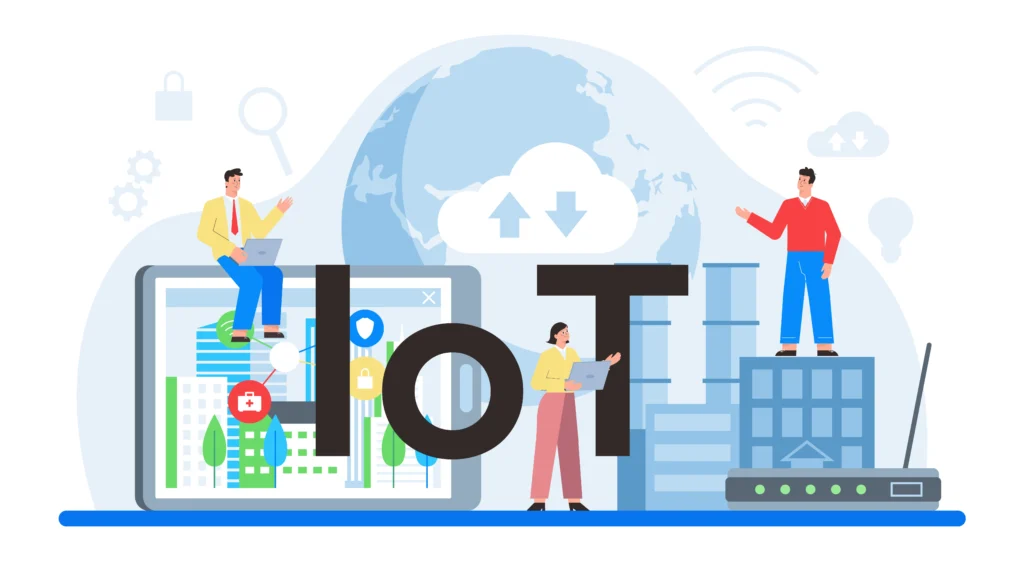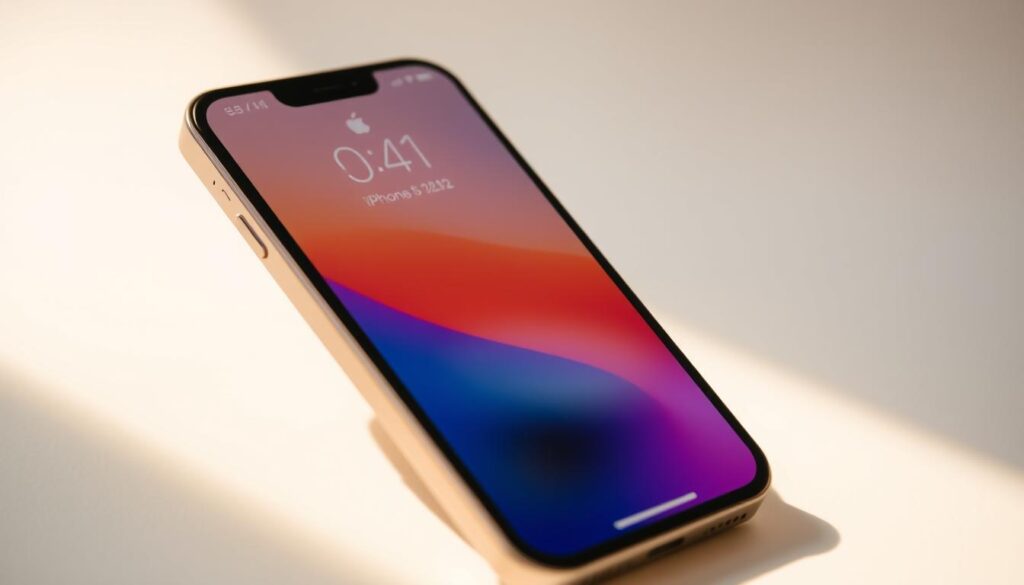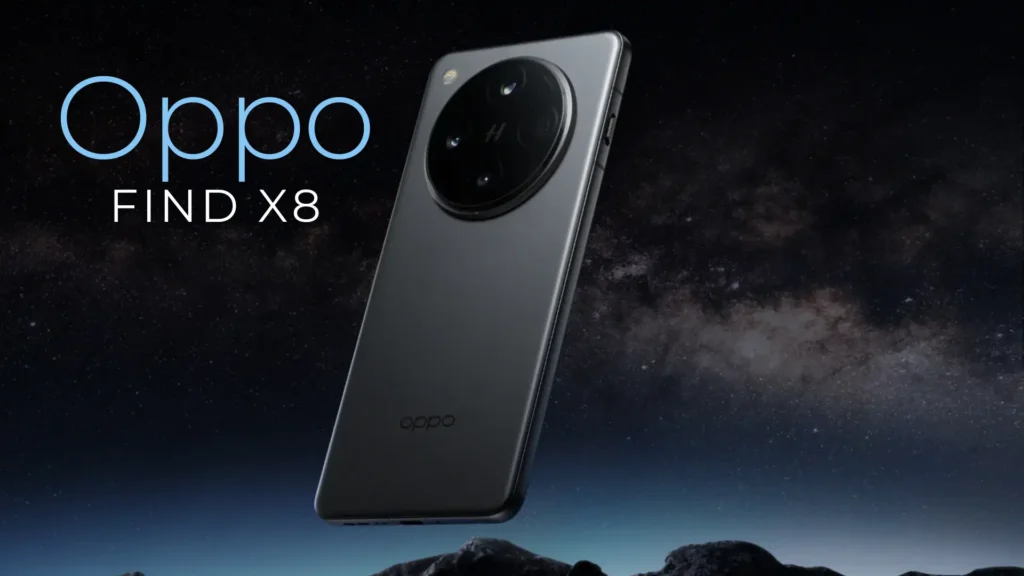Introduction

In the digital ages of the current era, the internet of things IoT devices keeps on redefining how people conjoin themselves to the environment. Ranging from smart thermostats to automatic security systems, more and more IoT devices are entering the mainstream. The article delves into the conception of Internet of things IoT devices, smart homes, and the different equipment making the journey toward home automation easier and more optimal.
Definition of IoT
Internet of Things refers to the network of smart devices, embedded with sensors, software, and other technologies to enable them to connect and exchange data with others through the internet. The technology evolved very fast from simple machine-machine communications to complicated systems that are smart and serve to improve the quality of life.
Internet of Things IoT devices provides the intelligence to devices to effectively communicate and collect data, which enables a better level of judgment and automation. As demand for connected devices continues its upward trajectory, the value of such technologies is rapidly growing across various sectors like healthcare, transportation, and, not least, home automation.
Smart IoT Devices
Smart devices are appliances that connect to the internet to enable advanced functionalities. They can be remotely controlled, monitored, and automated, providing convenience and efficiency.
Examples of Smart Internet Of Things IoT Devices include:
- Smart Thermostats: Thermostats like the Nest Learning Thermostat adjust your home’s temperature depending upon your habitual adjustment. They also save energy.
- Smart Lights: Philips Hue allows you to control your lighting right from your smartphone, giving you the capability to schedule or mood-light.
- Smart Security Cameras: Brands like Ring provide real-time monitoring and notifications to enhance a home’s security.
Benefits of smart devices

Smart devices can simplify life for their users and increase security by saving energy. They provide a snapshot view in real-time over home processes, and the user can automate many repetitive routines.
Internet of Things Smart Home
The term smart home generally refers to the intelligent integration of individual Internet of Things IoT devices into a patched automated living security.
Key Features of an IoT-Enabled Smart Home
- Remote Access: Control home devices from anywhere using a smartphone.
- Automation: Set routines for lighting, heating, and other appliances.
- Energy Efficiency: Optimize energy usage through intelligent management of devices.
Benefits of Coupling IoT Devices Also Include
Smart home systems are not only more enjoyable, but they can also increase safety and cut energy costs. Additional peace of mind is provided for homeowners who can monitor and control their homes-remotely.
Arduino IoT Cloud
All of this combines into a forceful crescendo on the IoT scene, especially for the DIY enthusiasts and developers.
Arduino Description and Function
They provide a platform for developing customized IoT solutions, allowing individuals to build and manage their devices together. The Arduino Cloud provides the support for simple integration and control of these devices through the Web.
Use Case Arduino in Home Automation
Some examples of home automation projects that can be done with Arduino include smart watering systems, automated pet feeding machines, or unique light arrangements that feel quite personalized.
Google's IoT Devices
Google has also, of course, made its entry into the IoT market, putting in a collection of products designed for home automation.
Introduction to Google’s Offerings in IoT
The Google smart home ecosystem includes devices like the Google Nest Hub and Google Nest Thermostat, designed to work together seamlessly.
Functions of the Google Internet of Things IoT Devices
These devices incorporate voice control, integrate with Google Assistant, and work with a variety of third-party services, making them surprisingly easy to use and feature a lot of functionalities
IoT Smart Home Solutions
Countless solutions are at hand for constructing an effective smart home environment.
Various IoT Smart Home Solutions
- Smart Plugs: Control regular devices through an app.
- Smart Locks: Secure your home with keyless entry.
- Smart Appliances: Devices like refrigerators and ovens that can be monitored and controlled remotely.
Integration for Seamless Operation
The true power lies in the integration of different devices that comprise a smart house. A central hub enables a plethora of routines and automated tasks that make life easier for homeowners.
List of Internet of Things IoT Devices
A variety of Internet of Things IoT devices are available in the market, based on the given requirements.
Comprehensive list of popular devices:
- Smart thermostats: Nest, Ecobee.
- Smart lights: Philips Hue, LIFX.
- Smart security systems: Ring, Arlo.
- Smart speakers: Amazon Echo, Google Nest.
- Smart appliances: Samsung Smart Fridge.
Categories of IoT Devices
- Health: Wearable fitness trackers.
- Security: Surveillance cameras and smart locks.
- Appliances: Washing machines and ovens with smart capabilities IoT.
Home Automation
Home automation is the automated control of systems and appliances in the home.
Automation Benefits
Home automation is more comfortable and energy-efficient. It enables openers to schedule device time, measure usage per device, and monitor security through automation.
Examples of Automation Scenarios
- Lighting Control: Set lights to turn on at sunset or when you arrive home.
- Climate Control: Adjust heating and cooling based on occupancy.
- Security Alerts: Receive notifications for unusual activities detected by security cameras.
Home Internet of Things IoT Devices
Selecting the right IoT devices for the home can alter the overall living experience.
Popular IoT Devices for Home Use
The homeowner ought to choose devices to match their lifestyle and necessity-for instance, families might profit from installing smart security systems, while tech enthusiasts get thrilled by installing a fully automated-and-dimmed lighting setup.
Tips for the Selection of Suitable Devices
- Compatibility: Check for interworking among devices, which enables diverse brands and manufacturers to work together.
- Functionality: The features you need should be provided in the chosen device.
- User Reviews: Do some research on the products to obtain dependable products.
About IoT: Many insights
Considerations of IoT involve its wider implications for consumers.
Insights into the IoT Ecosystem
The IoT ecosystem is complex, involving numerous stakeholders from device manufacturers to service providers. This technology will mature and permeate many more aspects of life.
Concerns Regarding Data Security and Privacy
As homes become smarter, the need for security increases. Users must know of potential vulnerabilities and take action to protect their private data.
Future Trends in IoT Technology
Some of the upcoming trends include a rising use of artificial intelligence (AI) for smart appliances, improved connectivity through 5G networks, and an increasing emphasis on sustainability in device manufacturing.
Conclusion
The Internet of Things has changed the way we relate to our houses and environment. With so many smart devices on the market today, homeowners can enjoy some convenience, increased security, and energy efficiency. Since this technology keeps evolving, the IoT device’s potential uses will continue to expand. Now is the most opportune time to put forth, can we shall say, connected homes.
Frequently Asked Questions
The Internet of Things (IoT) refers to the interconnected virtual or physical devices that collect and share data via the internet. These devices equipped with sensors and software can communicate with each other and perform tasks automatically or remotely. Examples include smart home appliances, wearable health monitors, smart security systems, and connected vehicles. IoT devices use data and automation to enhance efficiency, convenience, and decision-making across a range of applications.
IoT refers to technology by means of which wide-ranging devices interconnect to the internet, where they exchange communication and data. Five examples of such IoT devices are:
- Smart thermostats: devices like the Nest Learning Thermostat determine best home heating and cooling options based on user habits while taking into consideration preferences.
- Smart security cameras: products like Ring that enable homeowners to monitor their property in real time from anywhere via smartphone remote access.
- Wearable fitness trackers: for example, Fitbit which monitors physical activity, heart rate, and sleep patterns in order to provide health insights to the user.
- Smart light bulbs: Philips Hue enables users to have remote lighting controls and set schedules or customized lighting scenes.
- Connected appliances: smart refrigerators with food inventory tracking that can suggest recipes or even automatically grocery items.
There is a diverse range of technologies related to IoT that can be classified as follows depending on their applications:
- Consumer IoT (CIoT): Refers to the application of IoT technologies in the area of home personal convenience; for example, smart thermostats, lighting, and security systems.
- Industrial IoT (IIoT): Covering the applications in manufacturing and industries that enhance efficiency and safety, often about predictive maintenance and management of the supply chain
- Healthcare IoT (HIoT): Refers to devices that monitor health metrics and improve patient care, such as remote monitoring systems and smart medical devices.
- Infrastructure IoT (IIoT): Applications that fall under a smart city include traffic management systems and smart waste management.
Yes Amazon Alexa is an IoT device. As a voice activated virtual assistant it connects to various smart devices so you can control them with voice commands. Alexa can talk to smart lights, thermostats and security systems so it’s part of many smart home systems.
Yes a smart TV is an IoT device. Smart TVs can connect to the internet so you can stream content, browse the web and interact with other connected devices. They often have built in voice assistants and can be controlled remotely through your smartphone or voice commands.
An example of an IoT device is a smart thermostat like the Nest Learning Thermostat. This device can learn your habits, adjust the temperature automatically and can be controlled remotely through a smartphone app. It also gives you energy usage reports so you can optimize your energy consumption.
An IoT device is often called a smart device or a connected device. These terms mean the device can connect to the internet and talk to other devices so you can automate and control remotely.
As of 2023 there are estimated to be over 30 billion IoT devices globally and that number is growing fast. This is driven by technology advancements, decreasing cost of sensors and connectivity and increasing demand for smart solutions across many industries.
The benefits of IoT are:
- Increased Efficiency: Automation of tasks means less manual intervention and time and resource savings.
- More Data: Continuous data monitoring means better insights and decision making.
- Convenience: You can control devices remotely so you have a more convenient life.
- Cost Savings: Smart energy management means lower utility bills.
- Safety and Security: IoT devices can improve home and personal security through monitoring and alerts.
Advantages:
- Automation: IoT devices can automate boring tasks.
- Data: Collecting data means better analysis and decision making.
- Connectivity: Devices can talk to each other means smarter solutions.
Disadvantages:
- Security Risks: More connectivity means more vulnerabilities and cyber attacks.
- Privacy: Data collection means questions about user privacy and data ownership.
- Technology Dependency: Over reliance on IoT devices means less human oversight and traditional skills.





